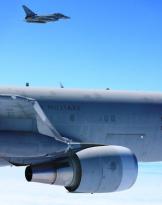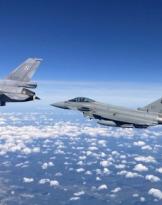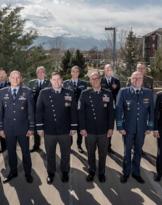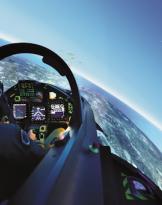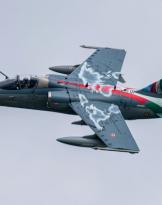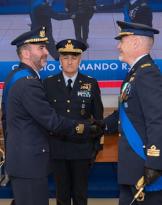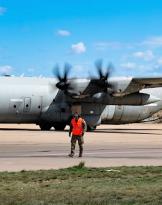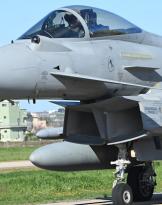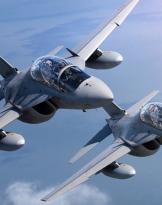On 26 November, for the first time ever in the national field, a training mission was carried out with an F-35A and an F-35B of the 13th flight group of the 32nd wing of Amendola with internal and external inert load, configuration known in jargon as "Beast Mode", which indicates the considerable load capacity in an operational context where low observability is not required.
The F-35 is known as the most advanced aircraft ever designed, which makes stealth technology (low observability) one of its peculiarities for operating in "non-permissive" environments. All the equipment is in fact stowed in the internal bays to minimize the cross section radar and therefore evade and penetrate the most advanced enemy defenses. At the same time, however, it is an "omnirole" aircraft, therefore designed to maximize the engagement capacity of multiple targets, even through the externally transportable load.
"If required, and the use scenario allows it, the aircraft is able to be configured in 'Beast Mode', certainly renouncing low observability, while preserving the sensor fusion, info gathering and info sharing capabilities that allow us to reach the level of information superiority required for effective decision-making at various levels ", are the words of the commander of the 13th flight group.
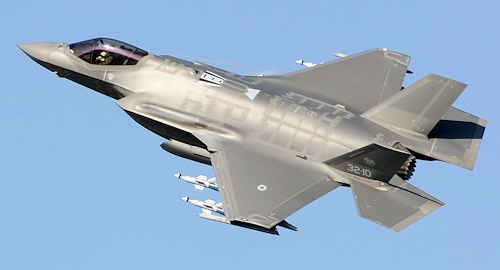 The mission in question represented for the Air Force the first training opportunity in the national field with this particular configuration, as well as the first opportunity for the F-35B variant to practice "short" take-offs and landings - in the so-called STOVL mode (Short Take Off and Vertical Landing) - in "Beast Mode". The mission also saw the support of the Experimental Flight Department, as part of the continuation of the OT&E (Operational Test and Evaluation) activities of the Weapon System. A training activity, the one conducted on the Apulian base, which allowed to further implement the ability to work in a team by the maintenance staff, directly involved in the installation of all the components designed to allow safe transport and possible use in hostile environments .
The mission in question represented for the Air Force the first training opportunity in the national field with this particular configuration, as well as the first opportunity for the F-35B variant to practice "short" take-offs and landings - in the so-called STOVL mode (Short Take Off and Vertical Landing) - in "Beast Mode". The mission also saw the support of the Experimental Flight Department, as part of the continuation of the OT&E (Operational Test and Evaluation) activities of the Weapon System. A training activity, the one conducted on the Apulian base, which allowed to further implement the ability to work in a team by the maintenance staff, directly involved in the installation of all the components designed to allow safe transport and possible use in hostile environments .
"The continuous training of pilots, maintainers and support staff, even in this configuration, is of fundamental importance for the constant growth of the Armed Force in the use of F-35A and F-35B to the maximum of expressible capabilities", said col. Stefano Castelnuovo, commander of the 32nd flock.



